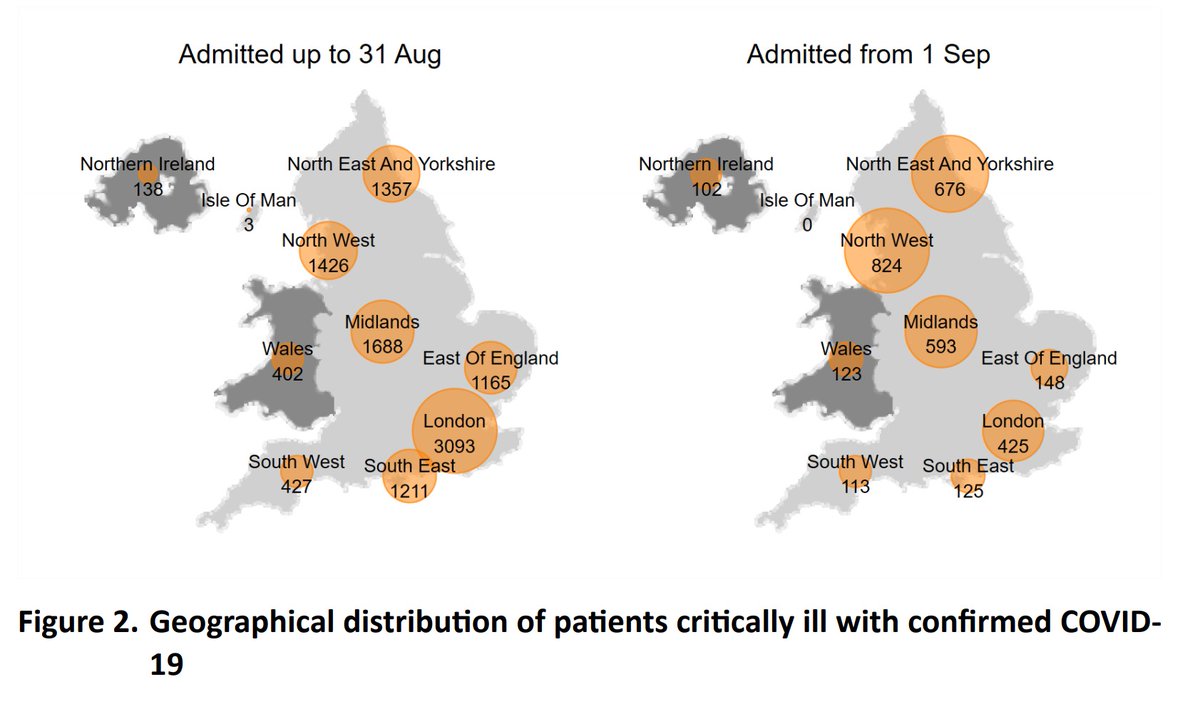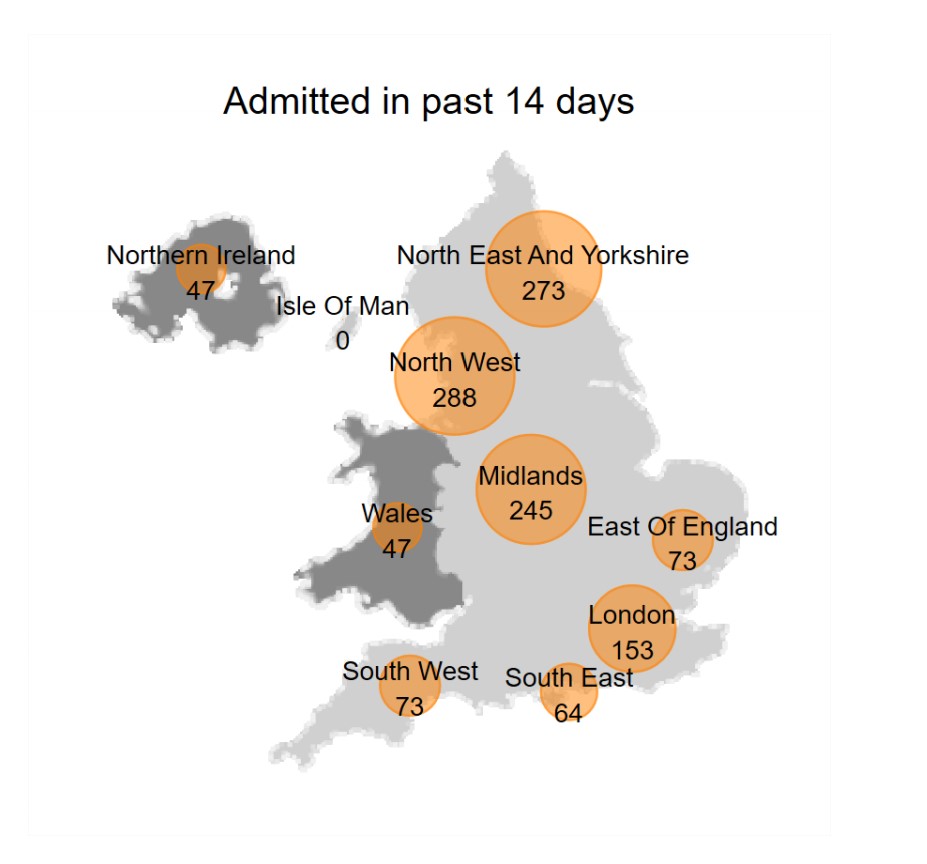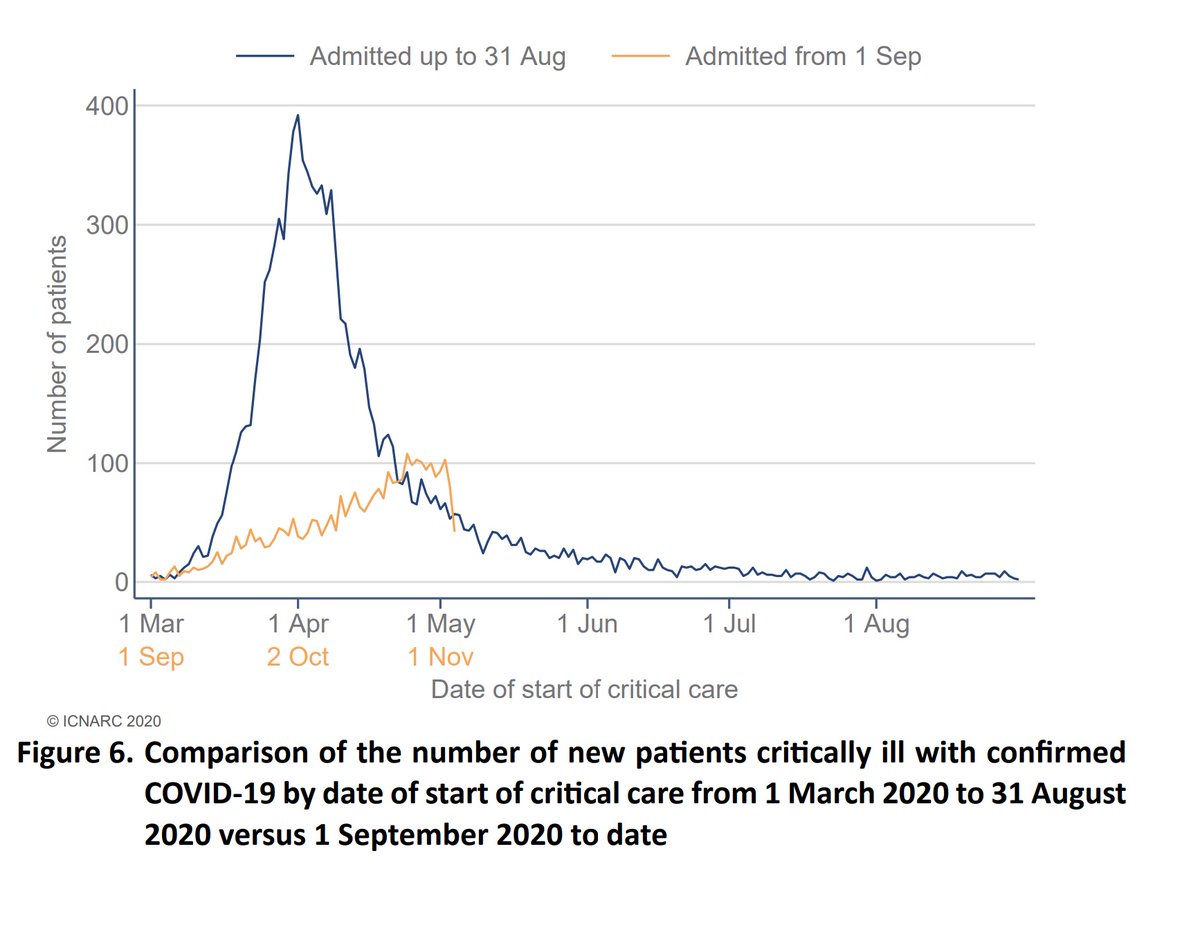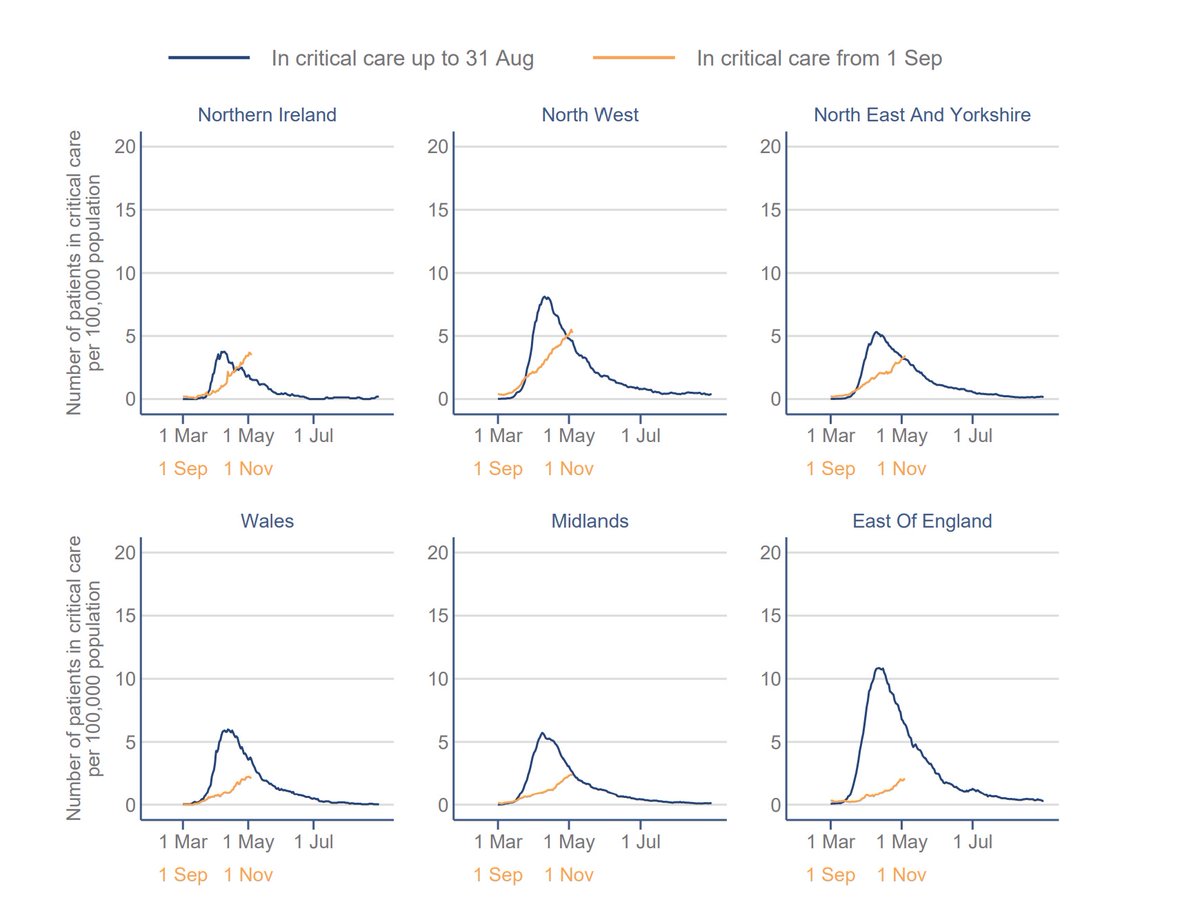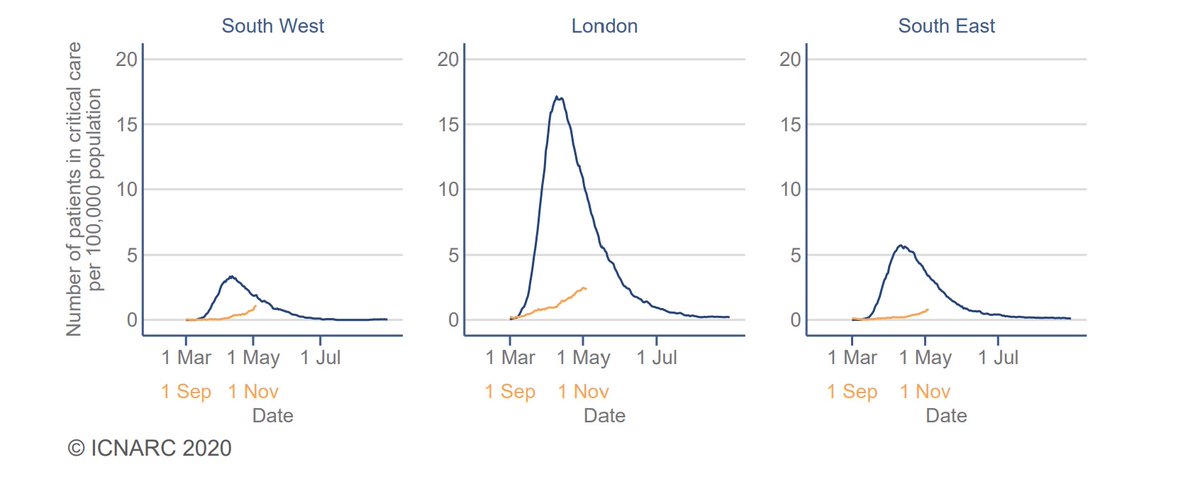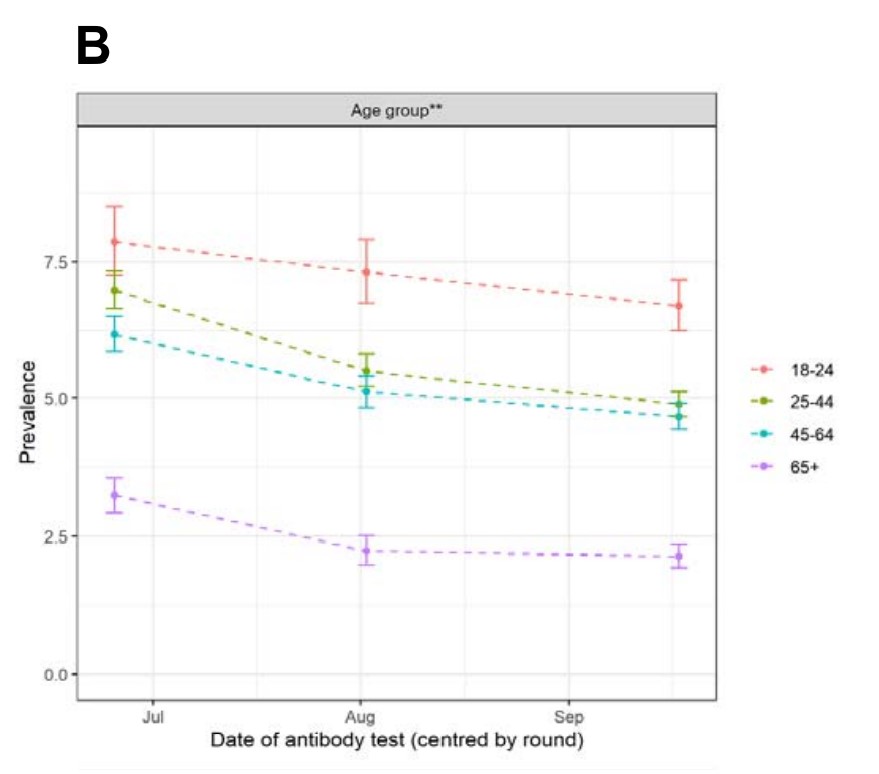
The latest data on registered deaths shows a continued increase in excess deaths, and we've now passed the grim milestone of exceeding 2019 total deaths. I've seen comment that the recent xs is due to a catch up of registrations. There's no evidence of that as we can see... 1/3
https://twitter.com/ActuaryByDay/status/1331170329075572741
The ONS helpfully provides an estimate of weekly deaths by date of death. Recent weeks have more uncertainty, as a smaller proportion of the eventual total has been registered, but it's clear that the view is still of continuing increases. 2/3 

This data is all just based on the weekly raw death numbers. As @ActuarybyDay notes, a better view, adjusting for population growth and ageing of the population will be published later today by the CMI, and we will link to it with analysis when released. 3/3
Addendum: Quick of the mark as ever, @Longevitymatt has already added this week's figure onto a graph which plots each week for the last 5 years. The excess we are seeing is well clear of any normal variation we might see at this time of year.
https://twitter.com/longevitymatt/status/1331171804258463745
• • •
Missing some Tweet in this thread? You can try to
force a refresh


